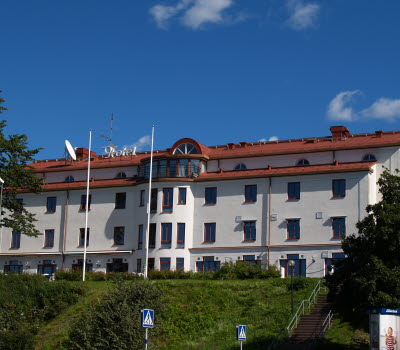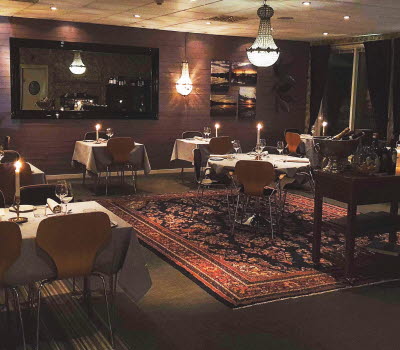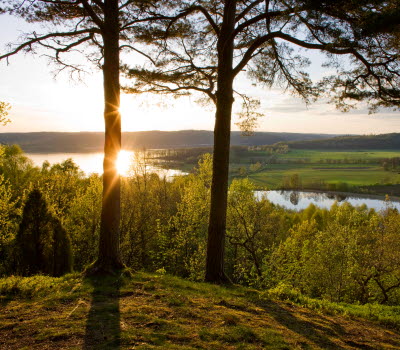The battle of Bogesund 1520
The Battle of Bogesund took place 500 years ago, when a force led by Swedish regent Sten Sture the Younger met Danish King Christian II’s mercenary army on the frozen lake Åsunden.
During the winter of 1519-1520, King Christian II – ruler of Denmark and Norway under the Kalmar Union – decided that the time was ripe to demand sovereignty over Sweden. His army gathered in Halland before making its way up into our region, probably following the course of the River Ätran. The Danish King’s mercenaries, under the command of Otto Krumpen, were confronted by Sten Sture the Younger’s peasant force at what is now Skottek, just south of Ulricehamn’s current town centre. The two armies met on the ice of the frozen lake Åsunden, suggesting that the winter must have been particularly cold, given that the ice was thick enough to support cannon, horses and soldiers.
Sten Sture sustained a mortal wound
Regent Sten Sture was mortally wounded when a cannonball struck his leg. There was no medical help available in the small village of Bogesund; Sten Sture was bedded down on a sled and drawn back towards Stockholm. dying later on his sled on the ice of Lake Mälaren.
The still oak-bedecked site beside the waters of Åsunden where Sten Sture was shot was thereafter known by the name it still bears today: Skottek, Shot Oak in English. Today, the site is home to the Sten Sture Monument.
Once the Swedish regent had been dispatched from the Battle of Bogesund, his leaderless troops were unable to hold back the rampaging Danes, who soon set course for Stockholm.
With Denmark victorious, Christian II arrived in Stockholm in November of that same year to be crowned as king of Sweden, as well as Norway and Denmark, and therefore the rightful ruler of the Kalmar Union. His time on the throne was brief, however; after Christian II ordered the trial and execution of over 80 high-ranking Swedes in what became known as the Stockholm Bloodbath, the country revolted and, eventually, Gustav Vasa was elected as Sweden’s king.












